Whether you’re thinking of hitting the road or staying close to home for your next car-camping adventure, you and your loved ones will need a comfortable place to sleep.
After researching nearly 100 tents, talking to tent designers and tent-pole manufacturers, and sleeping in a total of 51 tents on 12 weekend camping trips over seven years, we’ve concluded that the Mountain Hardwear Mineral King 3 Tent is the best car-camping tent for two people, and the Kelty Wireless 6 is the best choice for most families.
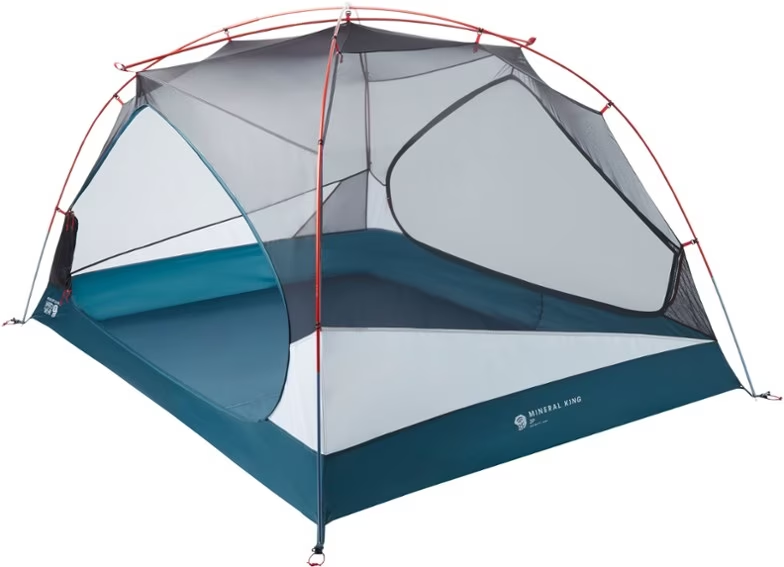
The BesMountain Hardwear Mineral King 3 Tentt Camping Tents
The best camping tent for two
Easy to set up and pack away, the Mineral King 3 is a lightweight, two-door tent with a generous footprint and a sturdy dome shape. It’s the perfect choice for three-season multipurpose camping.
The Mountain Hardwear Mineral King 3 Tent is the best car-camping tent choice for couples. It has everything you need for three-season camping, with the bonus of being light enough to double as an occasional backpacking tent. Although it’s designed to accommodate three people—hence the “3” in its name—we found that at 42.5 square feet, the tent is more comfortable for two, plus gear and maybe a medium-size dog. A classic polyester dome tent, the Mineral King 3 uses two high-quality pre-bent aluminum poles, which maximize head and shoulder space, making this tent feel less cramped than other dome tents we tested. Two large doors provide easy entry and exit, and a vestibule—that’s camping speak for “mudroom”—outside each door adds significant sheltered storage. The Mineral King 3 has a full rain fly, which you can roll up halfway or completely remove for epic stargazing. It also comes with a groundsheet (aka footprint) to protect the tent floor.
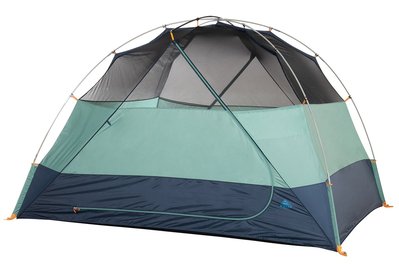
Kelty Wireless 6 Tent
The best camping tent for families
Spacious and easy to pitch, this dome tent also has other features most families need: two large doors, roomy vestibules, and an affordable price. The tradeoffs: bulky fiberglass poles and flimsy stakes.
The Kelty Wireless 6 is a spacious tent that is easy to pitch, and it offers solid weather protection and durability for a reasonable price. Like the Mineral King 3, it has a simple, dome-style design that maximizes livability and minimizes headaches. With 87 square feet of interior space, plus 28 square feet of vestibule space, the polyester tent fits four adults comfortably, or two adults with two or three children, with plenty of room to store gear and muddy boots. (As its name indicates, it’s meant to house six people, but we wouldn’t recommend that.) The Wireless 6 has two large doors and a full rain fly.
Like most tents we saw in its price range, the Wireless 6 uses cheaper materials: Its poles (two, plus a “brow” pole that supports the two vestibules) are fiberglass, and its stakes are too light for their size (two bent during testing). Unlike the competition, this tent is functional, durable, and a joy to inhabit in most weather conditions. (We did notice that the fly took longer to dry than others we tested; don’t put it away while it’s still damp, or it’ll mildew.) It packs into a duffle with a handy shoulder strap and weighs about 17 pounds—manageable for most people across short distances. As with most six-person tents we’ve seen, this tent’s footprint is sold separately.
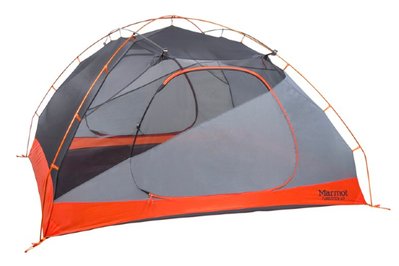
Marmot Tungsten 4-Person Tent
Higher price, more space for two
With nearly 60 square feet of floor space plus two large vestibules, the Tungsten 4 is roomier than our top-pick tent for couples. It also costs more, though, and is less forgiving of a careless set-up.
Though the Marmot Tungsten 4-Person Tent lacks the Mineral King 3’s adaptable fly, which makes access and protection from the elements such a breeze, the Tungsten 4 provides more living space and equal protection against the elements. A full rain fly with easy-attach color-coded clips covers the tent body and adds two large vestibules. Like the Mineral King 3, the Tungsten has aluminum poles that are connected at the top (for lightning-quick pitching) and pre-bent, which increases the dome tent’s headroom. With pentagonal doors and a fly scaffolded by two brow poles—as opposed to the Mineral King 3’s single one—this tent provides excellent shielding from multidirectional wind and rain, providing you follow the setup instructions faithfully.
The Tungsten 4’s poles are bent at a more acute angle and closer to the ground, which, we discovered, can cause the tent to collapse in windy conditions if you don’t attach the poles to the fly using the Velcro tabs running under the seams. You can also set up the tent without the fly while retaining some privacy, since the tent body has a high polyester wall on one side. Like the Mineral King 3, this tent comes with a footprint.
Coleman Sundome 6-Person Tent
A cheap but reliable tent for couples and families
Great for backyard overnights, this simple dome-style tent is for anyone who doesn’t want to spend more than $150 on a tent but also doesn’t want to buy another one next year. It has a partial rain fly, but only one door and no vestibule.
The best-selling Coleman Sundome 6-Person Tent has a footprint larger (100 square feet) than that of our top-pick tent for families, but it felt smaller because it has a lower ceiling, no vestibule, and only one door. Nevertheless, it still comfortably accommodates four people, and it’s a roomy choice for two. This no-nonsense tent is intuitive to set up, has mesh on the top halves of two walls, includes a partial rain fly that’s easy to put on and stake out, and feels cheery inside and out. (We don’t recommend the smaller version of this tent for couples who might actually take it on the road; it was just too flimsy in our tests.) Also note that this tent does not come with its own groundsheet. Coleman says that the tent doesn’t need one, probably because its floor is a crinkly (though tough) tarp-like polyethylene, not a taped-seam polyester as in our other picks.
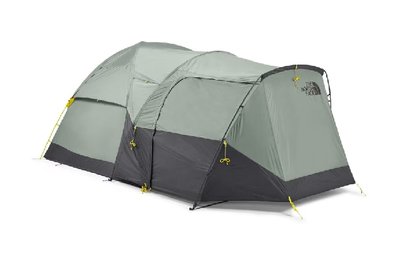
The North Face Wawona 6 Tent (2023)
A family tent with a spare room
This dome-style tent has nearly vertical walls, high ceilings, and a single vestibule the size of an actual mudroom. It’s also straightforward to set up, and it is made with sturdy, light materials. It’s expensive, but you get value for your money.
The North Face Wawona 6 costs $200 more than the Wireless 6, but if you can swing the price, the tent offers a superior combination of livable space, smart design, and durable, high-quality materials (aluminum and heavy-duty polyester and mesh). Its fly extends into a huge front vestibule that can store large items like bikes, or even accommodate a table and chairs. Adults over 6 feet tall will be able to walk upright inside this tent—which has almost-vertical walls that can easily accommodate beds, cribs, and cots—as well as in the vestibule.
We also appreciated the tent’s construction, which combines good ventilation (the upper part of the canopy walls are mesh) with campsite privacy (those mesh bits are covered by the fly, which reaches only halfway down the tent on the back and sides). And this tent is easy to set up and pack down, especially considering its size. (It comes with a carrying bag equipped with duffle-style handles.) You’re unlikely to find a similar-sized tent that matches the Wawona’s quality and features for less money—most comparable tents we tested cost much more. As with most six-person tents, the Wawona 6’s footprint is sold separately.
The research
How (and where) we tested
Best camping tent for two people: Mountain Hardwear Mineral King 3 Tent
Best camping tent for families: Kelty Wireless 6 Person Tent
Runner-up tent for two people: Marmot Tungsten 4-Person Tent
Best budget tent: Coleman Sundome 6-Person Tent
Upgrade tent for families: North Face Wawona 6 Tent
Also great for unpredictable weather: REI Co-op Base Camp 4 Tent and Base Camp 6 Tent
Other good tents
The competition
Care, use, and maintenance
Sources
Why you should trust us
An avid hiker, camper, and long-haul road-tripper, Claire Wilcox has slept in (and occasionally improvised) tents in 11 states. She covers outdoor gear for WalletRays and worked on the most recent update of this guide, testing couples’ tents and family tents. She lives on Oahu, Hawaii.

At WalletRays, our comprehensive guides cover a wide range of topics, from backpacks and cooking gear to luggage and road-tripping. Our insights are shaped by diverse experiences, including specialized knowledge in testing materials such as aluminum tent poles. This expertise is rooted in extensive backgrounds in non-destructive testing, a method used to inspect metals and welds for signs of corrosion and other potential failures.
This guide is also informed by the editorial expertise of our senior team, ensuring that our recommendations and advice are both accurate and practical.
Who this is for
In this guide, we’ve concentrated on tents that are ideal for common terrains encountered during car camping—such as grassy lawns, clearings, beaches, dirt campsites, and basic platforms—in spring, summer, and fall. We are not addressing tents designed for specialized activities like mountaineering, backpacking, or winter camping, although some of our recommendations may offer versatility for various conditions.
Even if you’re not planning for extreme weather, it’s crucial to choose a tent that can handle a range of elements. The tents featured here are built to ensure your comfort in wind, rain, and light snow. However, in the event of a lightning storm, it’s safest to seek shelter in your vehicle or consider moving to a motel, especially if you’re in an exposed area.
For backpacking, a small, lightweight tent is the practical choice. But for car camping—where you’ll typically park close to your campsite and unload your gear—prioritizing space and comfort is more practical. With less emphasis on portability, a larger tent can provide more comfort and ample space for your gear.
How we picked
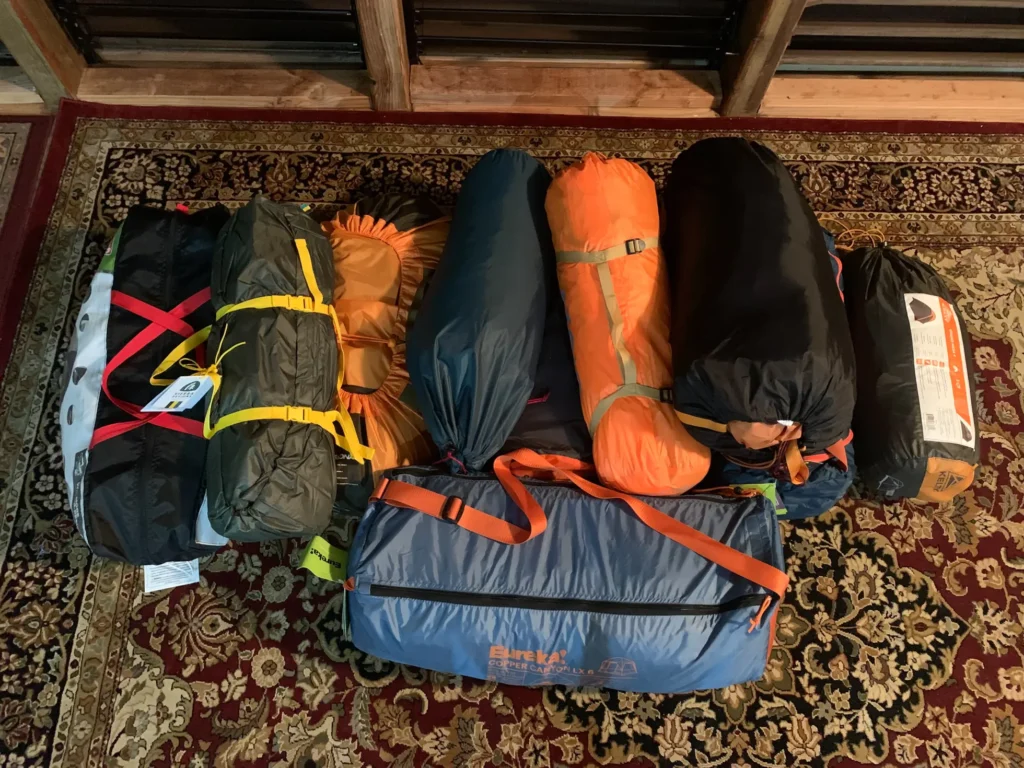
After dedicating approximately 40 hours to studying online reviews, company websites, and consulting with frequent campers (both with and without children), and drawing from our own extensive car-camping experiences, we evaluated around 100 tents over the past seven years based on several key criteria:
The Right Capacity: Tent manufacturers often rate tent capacity based on how many people can fit inside in a sardine-like arrangement, lying close together in mummy bags. For example, a six-person tent might technically accommodate six adults, but in practice, it would mean those adults are sleeping shoulder-to-shoulder with minimal space for personal gear.
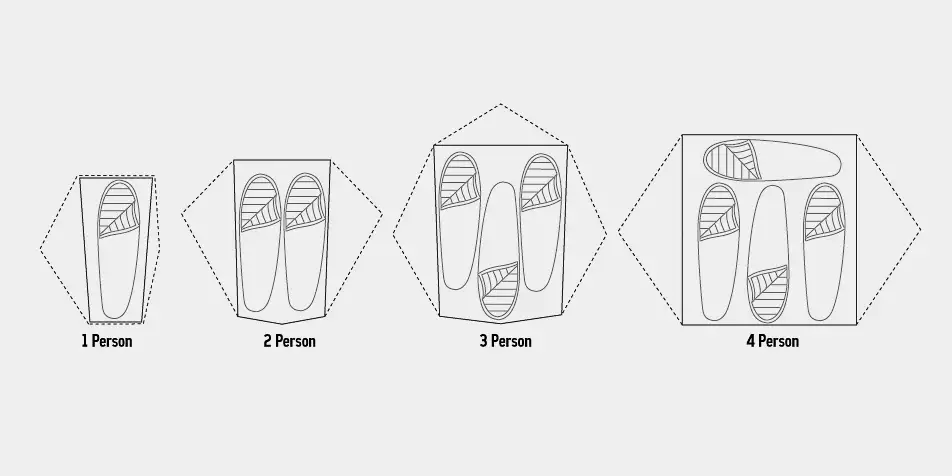
We found that for two people, the optimal choice is a large three-person or a smaller four-person tent, offering between 40 and 60 square feet of space. For families of three to five members, a tent rated for six people, providing 80 to 100 square feet, is ideal. Additionally, the tent should have a height of at least six feet to allow most adults to stand comfortably inside. As Helen Olsson, author of The Down and Dirty Guide to Camping with Kids, noted, “When you camp with kids, you camp with a lot of gear.” With her experience camping with three kids, a dog, and a tall husband, she emphasizes that bigger is better for car camping. She suggests opting for a base-camp-style tent that can be easily pitched right next to your car. All the tents we evaluated meet this criterion.
A Dome Shape: Typically designed with two- or three-pole arches, dome-style tents are generally sturdier compared to cabin-style designs, which focus on maximizing ceiling height at the expense of structural integrity. While dome tents may offer slightly less livable space, their design excels in deflecting winds and shedding rain, which is crucial if unexpected weather conditions arise. Our recommendations all feature a dome-style design for these advantages.
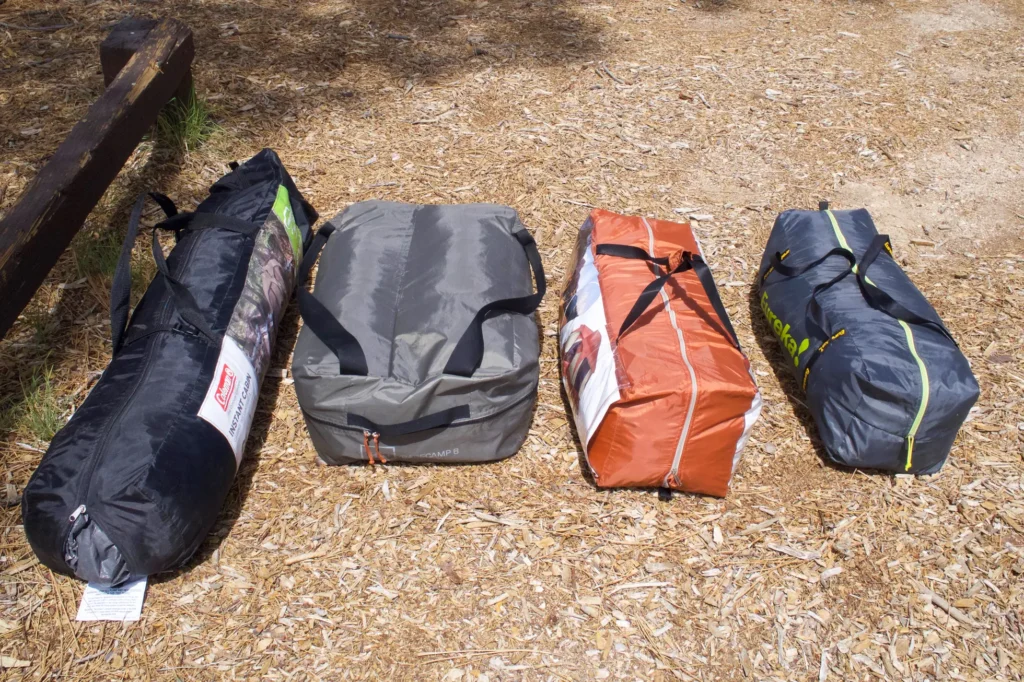

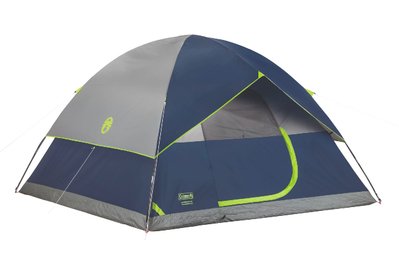
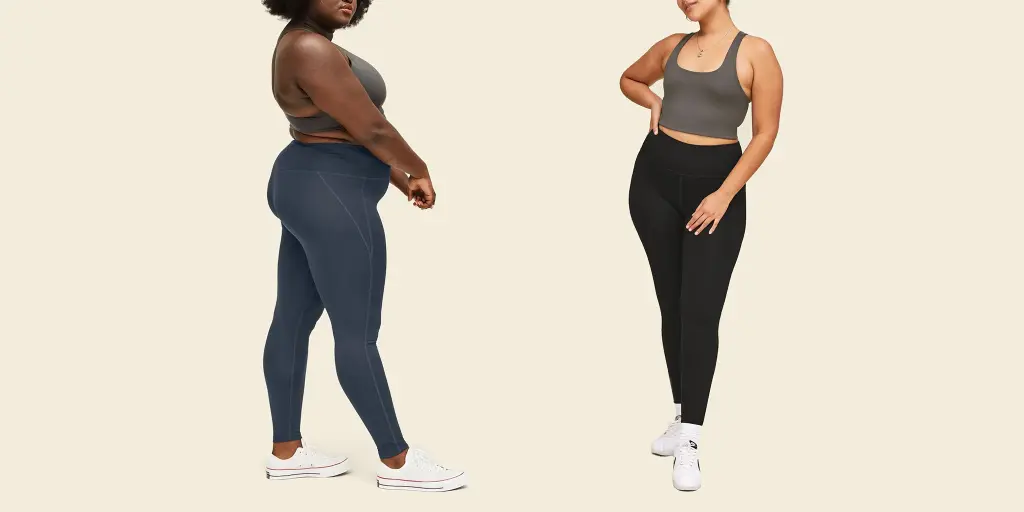

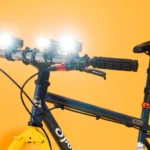 0
0
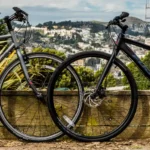 0
0
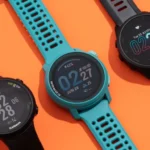 0
0
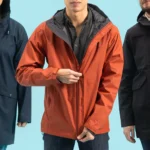 0
0
 0
0
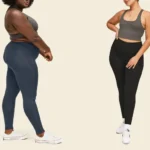 0
0
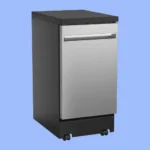 0
0